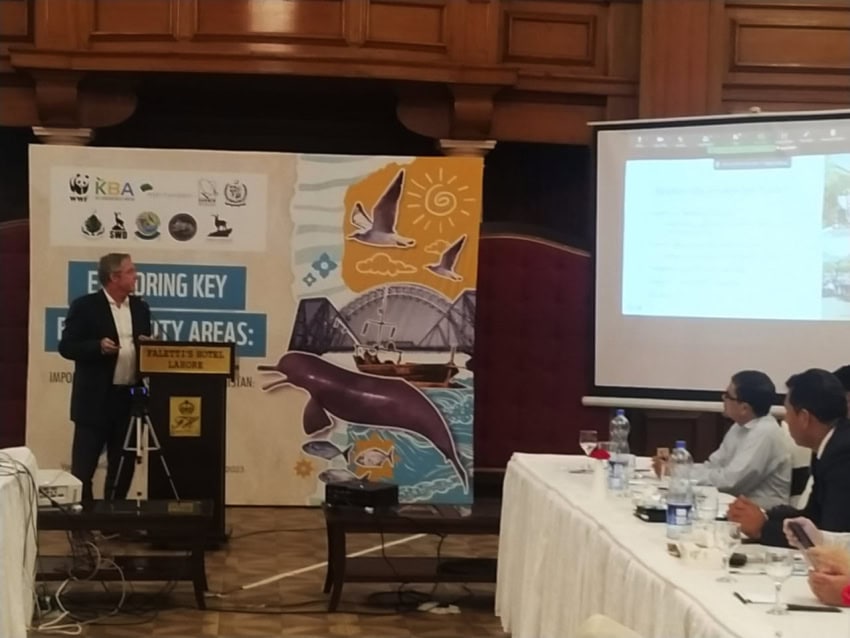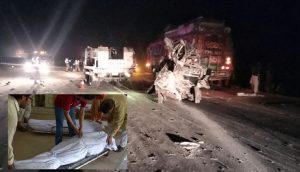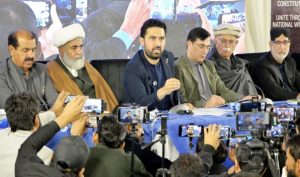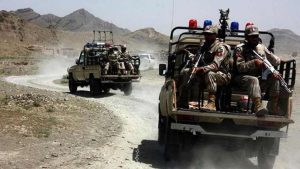LAHORE – WWF-Pakistan, in collaboration with the Key Biodiversity Areas (KBA) Secretariat, the Engro Foundation, and the Darwin Initiative, organized a scoping workshop on conserving biodiversity in Pakistan through Key Biodiversity Areas (KBA).
The workshop at Cambridge University was led by Dr Andrew Plumptre, Head of the KBA Secretariat. He shared insights on the critical role of KBAs in biodiversity conservation and their designation process. Representatives from provincial wildlife and forest departments, and Engro Foundation attended the event.
During the workshop, conservation actions were identified and prioritized for existing and potential Key Biodiversity Areas (KBAs) in Pakistan, which are crucial locations for species and their habitats globally.
This initiative aims to protect Pakistan’s critical natural sites, preserving diverse and essential ecosystems. KBAs are identified by rigorous scientific criteria, including globally threatened species and unique habitats, ensuring the representation of Earth’s vital biodiversity reservoirs.
Dr Masood Arshad, Senior Director of Programmes at WWF-Pakistan, emphasized the need for dialogue on Key Biodiversity Areas. This is necessary to preserve Pakistan’s biodiversity and prevent the decline of species. Dr Uzma Khan, Asia Coordinator of WWF’s Global River Dolphins Initiative, explains that the presence of the Indus River dolphin is crucial to the health of the Indus ecosystem. As it acts as a trigger for a Key Biodiversity Area in Punjab, its protection ripples far beyond its own habitat.
Favad Soomro, the Head of Engro Foundation, announced a 5-year partnership with the Indus River Dolphin Conservation Program. The program aims to conduct conservation activities to protect the habitat of the dolphins, engage fisher communities, and work with policymakers to improve conservation policies. It is a crucial step towards protecting the Indus River dolphin to declare parts of the Indus River as a Key Biodiversity Area.













